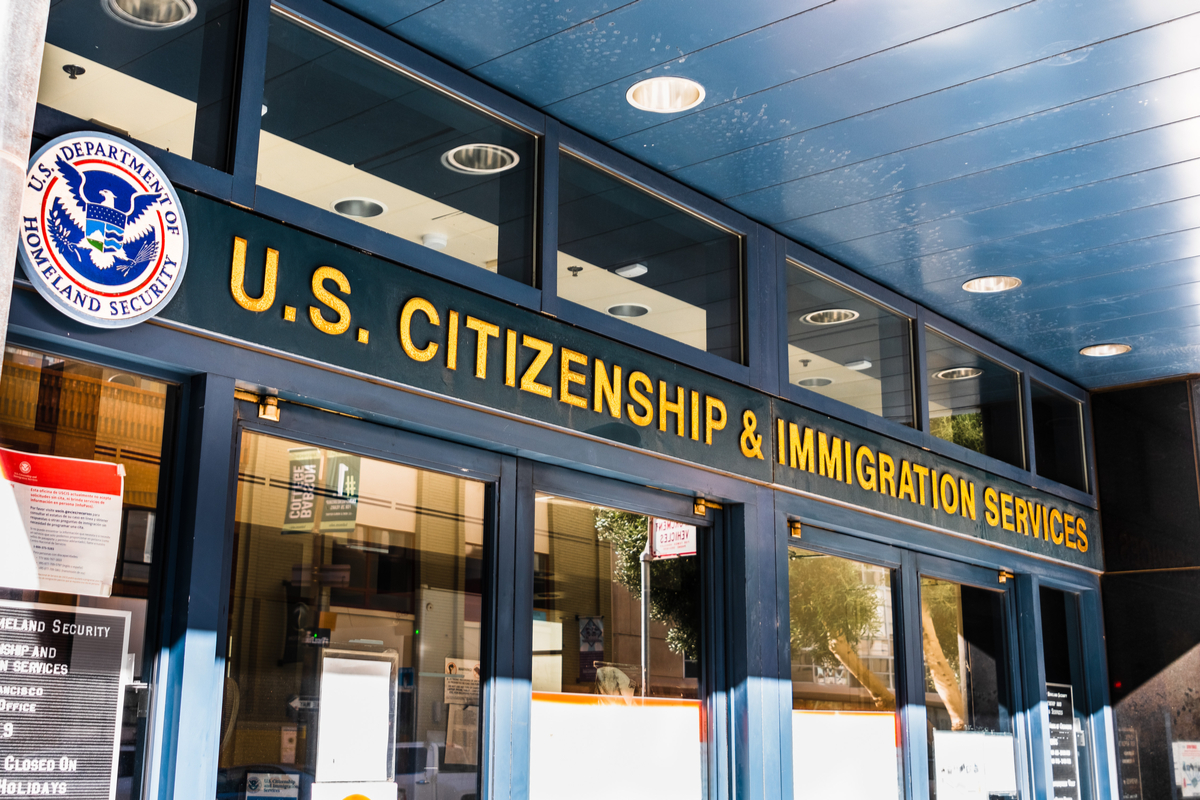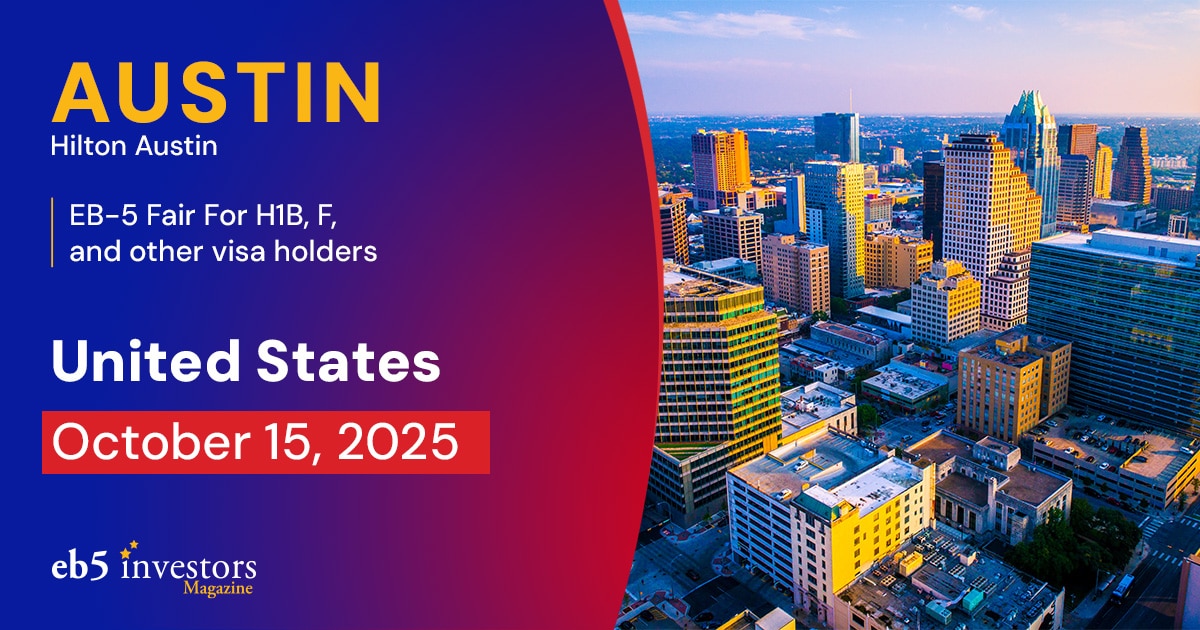 On December 5, 2014, USCIS held a stakeholder conference call for individuals interested in the EB-5 Program. In addition to the almost 500 individuals who dialed in via telephone, approximately 50 individuals attended in person.
On December 5, 2014, USCIS held a stakeholder conference call for individuals interested in the EB-5 Program. In addition to the almost 500 individuals who dialed in via telephone, approximately 50 individuals attended in person.
As is becoming customary, the Director of the EB-5 Program, Nicholas Colucci, gave a run-down of recent developments in the Immigrant Investor Program Office (IIPO) in his opening remarks. He explained that the IIPO currently has over 90 employees and is continuing to hire and train additional staff. Additionally, the IIPO has approximately 13 individuals assigned to fraud and detection roles, and approximately 11 attorneys to review complicated corporate and legal issues.
Mr. Colucci also highlighted a few statistics that demonstrate the success of the IIPO and growth of the EB-5 Program. In the 2014 fiscal year (the U.S. government’s fiscal year runs October 1 to September 30), the IIPO received almost 11,000 I-526 Petitions. According to Mr. Colucci, this is approximately 25 percent of all I-526 Petitions ever filed. Additionally, the IIPO received approximately 270 I-924 applications (this figure likely includes amendments and applications for new designations) and approximately 2,500 I-829 Petitions. The approved number of regional centers is almost 600. Specific figures on I-526 and I-829 Petitions received, approved, denied and pending can be found here and here, respectively. However, with this explosive growth, and despite the best efforts of the IIPO to hire more staff, processing times continue to lengthen. As of December 11, 2014, USCIS is processing I-526 Petitions in approximately 14.7 months, I-829 Petitions in approximately 8.6 months, and I-924 applications in approximately 9 months.
Mr. Colucci also outlined his priorities for the 2015 fiscal year. Among the usual platitudes to engagement and customer service, Mr. Colucci also outlined “integrity” as a priority for 2015. Specifically noted by Mr. Colucci was the possibility of site visits, both abroad and within the United States. This would represent a significant change in current EB-5 Program practices. However, this is similar to USCIS’ practice in other areas, such as the site visits it can conduct for H-1B employees.
Mr. Colucci also reported that he expected the Government Accountability Office’s (GAO) audit on the EB-5 Program to be final by summer 2015. The GAO received this request from Republican Senators Chuck Grassley of Iowa, Bob Corker of Tennessee and Tom Coburn of Oklahoma. Lastly, USCIS has agreed to an engagement with the Department of Commerce to review and report on the EB-5 Program’s economic impact. This report is anticipated to be final in November 2015.
Below are a few of the highlights from the rest of the telephone conference:
- ELIS System. USCIS is still exploring ways to make this system more popular, which could include future trainings and engagements with the public.
- Retrogression. USCIS is keenly aware of retrogression and the various impacts it may have on the EB-5 Program. Accordingly, USCIS has been actively working to develop policy guidance regarding I-526 Petition adjudication, the 2.5 year rule, whether job creation must occur within the 2 year period of conditional permanent residency, whether jobs created must be in existence at the time of I-829 Petition filing and what does “sustained” mean in the context of the I-829 Petition statute and regulations.
- Deference. With respect to I-829 Petitions, USCIS will not deny an I-829 Petition solely for failure to adhere to the business plan and economic report presented in the I-526 Petition. However, an individual who files an I-829 Petition with a different business plan and economic report must still show he or she has met the requirements for removal of conditions and the original I-526 Petition was filed in “good faith.”
- Exemplar Filings. USCIS stated that I-526 Petitions filed with the same documents as an approved exemplar I-924 application should be adjudicated faster than regular processing times. USCIS also stated that the first I-526 Petition with respect to a project can function as a type of “exemplar.” In this regard, if USCIS has approved the economic report and business plan for a particular project through an I-526 Petition, other I-526 Petitions filed with the same economic report and business plan for that project may receive faster adjudication.
- Source of Funds Issues.
- USCIS confirmed that the language of the regulations and statutes governing I-526 Petitions and I-829 Petitions allow for an investor to be “in the process of investing” at the time of adjudication of the I-526 Petition and I-829 Petition. USCIS did point to case precedent for guidance (most likely Matter of Izummi).
- USCIS may have closed the door to anyone who hoped for a temporal limitation on how far USCIS could go back when requesting documents relevant to an investor’s source of funds. This was implied when USCIS stated that if you mortgage a house (or use other collateral) to receive a loan which is then used for an EB-5 investment, you must document the source of funds used to purchase or obtain such house. The collateral must equal or exceed the loan amount.
- USCIS stated that even if an investor is receiving a gift from his or her parents and is not otherwise providing any capital for the investment, the I-526 Petition should document the past 5 years of that investor’s earnings, including resumes, tax receipts and anything else to document the investor’s working history.
- USCIS did concede that an investor’s funds do not have to come directly from a bank account in the investor’s name into a new commercial enterprises bank account or escrow account. Investors may use third parties, such as friends and family members to transfer funds on behalf of an investor to a new commercial enterprises bank account or escrow account. However, USCIS did stress that the originating bank account must be in the investor’s sole name (except when community property principles apply).
Overall, the conference call was very productive and USCIS was very responsive to some of the questions and concerns held by EB-5 stakeholders. The 2015 fiscal year should be very interesting, as the EB-5 Program is up for reauthorization and retrogression will have a significant impact.
DISCLAIMER: The views expressed in this article are solely the views of the author and do not necessarily represent the views of the publisher, its employees. or its affiliates. The information found on this website is intended to be general information; it is not legal or financial advice. Specific legal or financial advice can only be given by a licensed professional with full knowledge of all the facts and circumstances of your particular situation. You should seek consultation with legal, immigration, and financial experts prior to participating in the EB-5 program Posting a question on this website does not create an attorney-client relationship. All questions you post will be available to the public; do not include confidential information in your question.








